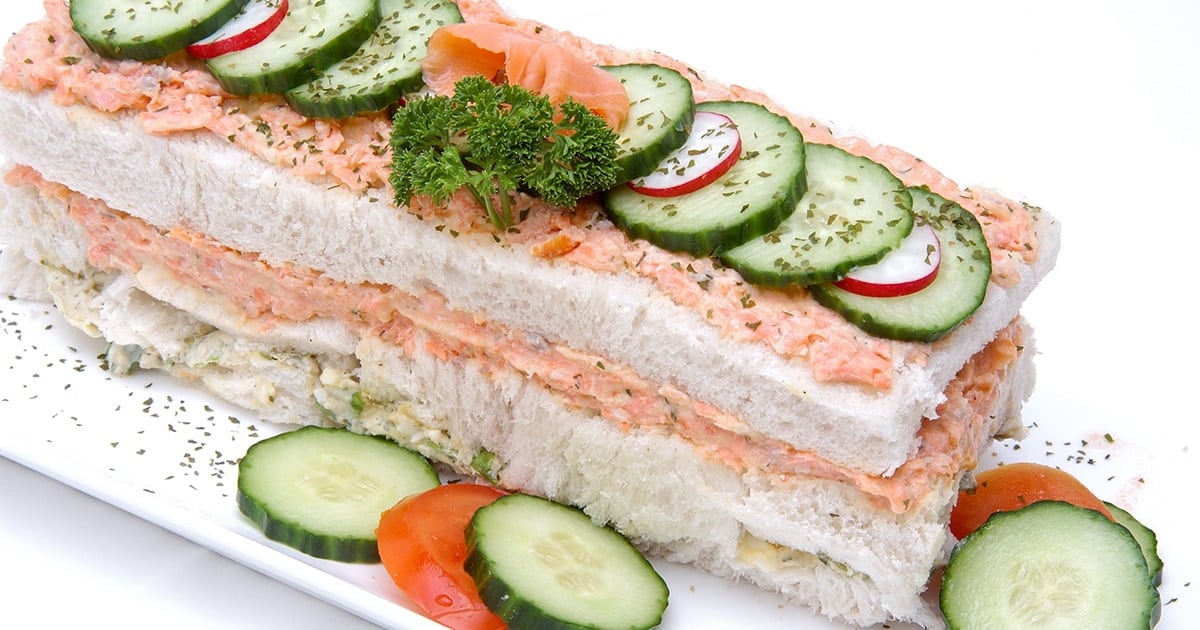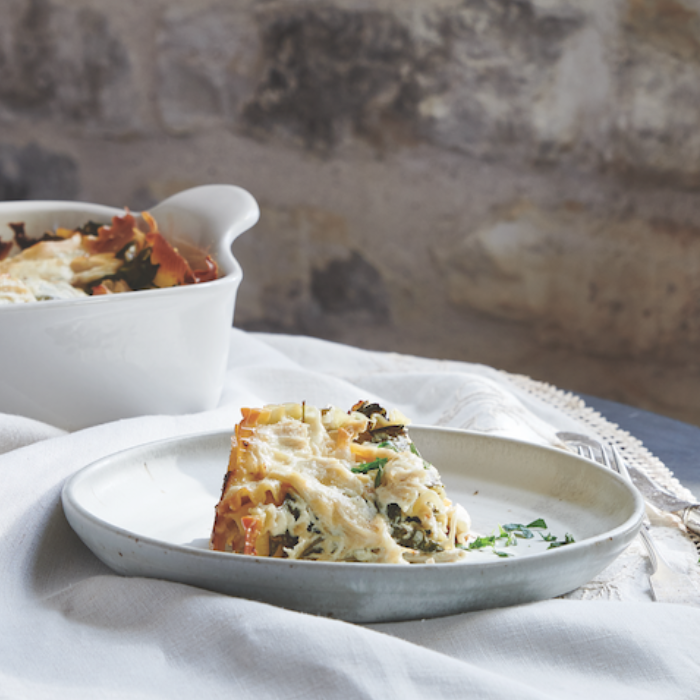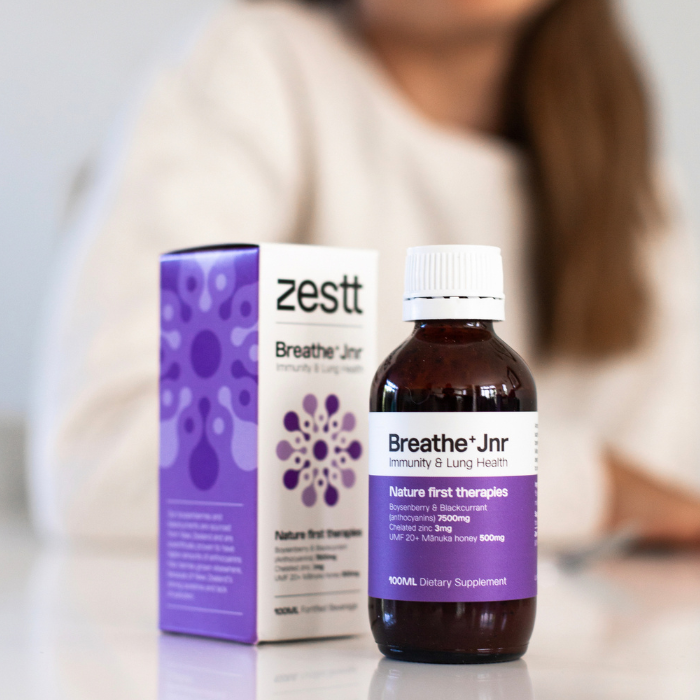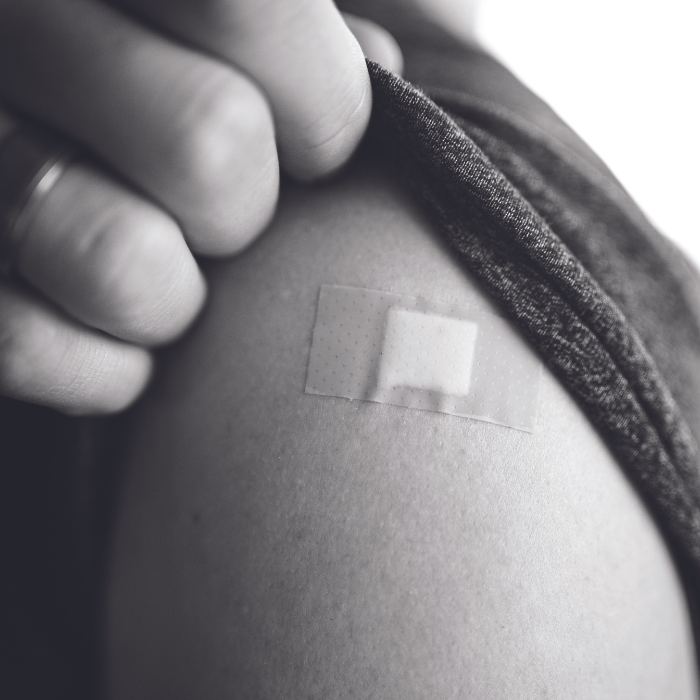
The old saying, ‘you are what you eat’ is certainly true; and research has shown that eating the right foods during childhood is very important for the brain to develop properly. In fact, even adult brain function and memory may benefit from eating certain foods – so mums and dads, take note too!
As parents, we all want the best for our kids. We want to see them grow and develop, learn well at school, have the energy to be active, and to be happy and well-adjusted. Of course, we need to stimulate little minds, ensure sufficient sleep, and promote activity, but perhaps most importantly of all, we need to provide the building blocks for brain development by ensuring good nutrition.
good nutrition: the building blocks
omega-3
Most of us will have heard about omega-3 fatty acids (found in fish) and their reputation for making ‘brainy kids’, but is it really the case?
Well, research is still building, but omega-3 may have some positive effects. For instance, a UK study published at the end of 2012 looked at whether a supplement of omega-3 fats was beneficial to primary school children. Fascinatingly, among kids who were under-performing at school, supplements led to a significant improvement in reading ability.
Recent New Zealand-based research in healthy young adults has yielded positive results too, with omega-3 supplementation improving memory among those whose intake was previously low.
It’s early days for this type of research, but it’s certainly a good idea to encourage kids (and adults) to eat fish regularly, ideally at least twice a week. And in addition to omega-3, fish provides a range of other brain-boosting nutrients: protein, iron, zinc, selenium, iodine and B vitamins.
iron
Iron is essential for brain development and function, especially among infants and young children, whose requirements for this mineral are very high. For example, did you know that a seven-month-old baby needs more iron in their diet than an adult man?
Lean red meat is one of the best sources of dietary iron, which comes in a form that is easily absorbed by the body. For vegetarians, pulses (such as kidney beans, chick peas, lentils), nuts and seeds are good sources of iron. The iron from these foods is less-easily absorbed though, so you’ll need a bigger portion to get the same amount of iron.
other nutrients
Getting enough iodine is important for optimal brain function. In New Zealand, our soils are low in iodine,
so we need to make sure we are getting enough from our foods. Breads and cereals here are now fortified with iodine, and fish, milk and eggs are good
natural sources. Zinc is another important nutrient for brain development and function. You’ll find zinc in fish, meat, chicken, dairy foods and cereals. In addition, B group vitamins such as folate (found in cereals, green leafy vegetables and some fruits such as oranges) and B12 (found in meat, dairy foods and fortified cereals) are important for brain development. And choline is needed to make important brain chemicals; this is found in milk, liver, eggs and peanuts.
putting it into practice
What you eat can have a big impact on the way the brain works – and that applies to the whole family: granny, granddad, mum, dad and kids alike.
Always have balanced, healthy meals and snacks. The daily menu should include wholegrain breads and cereals for energy, plenty of different coloured fruits and veggies, at least two servings of foods containing iron (such as lean meat, chicken, fish, eggs, legumes, nuts and seeds) and two to three portions of dairy foods, for example milk, yoghurt and cheese. The ‘brain-draining’ high-sugar, high-fat and highly-processed foods should ideally be limited to less than once a week.
Breakfast is especially important for children to fuel learning and attention during the morning. And of course, remember to establish good routines, with plenty of sleep and lots of exercise – ideally at least 60 minutes a day.
top 10 brain-boosting foods
- Salmon: one of the best sources of omega-3 fats – buy fresh or canned and make into sandwiches, stir into noodles or bake into a fish pie. Aim to have oily fish such as salmon, sardines or mackerel at least twice a week.
- Red meat & poultry: make it tasty and kid-friendly; in spaghetti bolognaise, lasagne, home-made burgers or meatballs. For more adventurous kids, why not try a mild beef curry, chicken kebabs or moussaka?
- Wholegrains: serve for breakfast for a healthy start to the day – go for Weetbix, bran flakes or wholegrain toast.
- Oats: make into healthy snack bars or serve as porridge at breakfast.
- Eggs: poached, boiled or scrambled for breakfast, lunch or dinner.
- Dairy: choose lower-fat options such as trim milk, low-fat yoghurt and lite cheese spreads. (From 2 years of age, you can choose to gradually introduce the lower-fat varieties of milk and milk products to help limit the intake of saturated fats.)
- Beans and lentils: if these aren’t a favourite, then puree with tomatoes to make pasta and pizza sauces, as this disguises the texture while adding lots of extra goodness.
- Nuts and seeds: serve peanut butter on toast or give nuts and seeds as snacks. (Warning: only give small hard foods to kids over 5-years due to choking risk.)
- Fruits: choose what’s in season and serve a wide variety of colourful fruits every day. Fruit platters, fruit kebabs and even frozen fruit
such as berries and bananas (blended) are tempting options. - Veggies: provide a range of veggies with every meal. Whether fresh, frozen or canned, they’re all packed with nutrition.
salmon log
serves 6
Available year-round, fish is a wonderful substitute for meat protein. Its versatility and the large variety on offer make it easily adaptable to all methods of cooking, whether in soups, salads, stews or baked dishes.
Salmon, with its distinctive pink-coloured flesh, is loaded with omega-3 essential fatty acids. This salmon log makes an ideal cold lunch to enjoy a hot summer day.
Ingredients
- 1 × 800g white (or wholemeal/wholegrain) bread, rectangular loa
- 500g salmon
- 70g smoked salmon
- 75g butter at room temperature
- 100g mayonnaise
- 150g sour cream
- 1 teaspoon dill
- 2 hard-boiled eggs
- 1 lettuce heart
- ½ lemon
- ½ telegraph cucumber
- 1 tomato
- Salt and freshly ground pepper
Directions
Remove the crust from bread, and cut horizontally into three layers. Set aside one slice of smoked salmon.
Make the salmon filling. Chop remaining slices of smoked salmon. Cook fresh salmon and remove bones and skin. Place in a bowl and crumb roughly. Mix in softened butter. Add sour cream, dill, lemon juice and smoked salmon. Season with salt and pepper and mix well. Refrigerate.
Make the egg filling. Finely chop lettuce. Shell eggs and mash with a fork. Mix in lettuce and half the mayonnaise.
To assemble, place one layer of bread on a serving plate and spread with a little mayonnaise. Cover with salmon mixture and top with another layer of bread. Spread with a little mayonnaise and egg mixture. Cover with remaining bread and top with salmon mixture.
Garnish with slices of cucumber, tomato and whole slice of smoked salmon. Chill and serve cut into slices.
By Christelle Le Ru
Cookbook author & mum of five
www.flexiwork.co.nz
Amanda Johnson is a Kapiti-based mum of two and private practice registered dietitian. She advises people of all ages with a wide range of specialty dietary needs. www.kiwinutrition.co.nz








